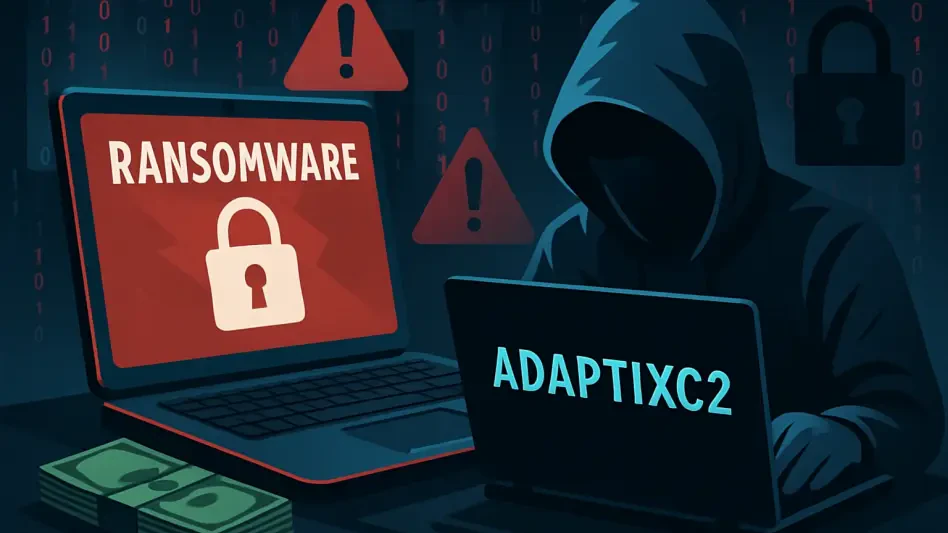In an era marked by escalating cyber threats and digital vulnerabilities, the United States faces the critical challenge of enhancing its federal cybersecurity workforce to safeguard national security interests. To address this pressing issue, Representatives Pat Fallon of Texas and Marcy Kaptur of Ohio have introduced the Federal Cyber Workforce Training Act. This legislation seeks to establish a centralized federal institute under the stewardship of the National Cyber Director to standardize training and modernize hiring across federal agencies. This initiative aims to equip the cyber workforce with the skills and knowledge necessary to effectively counter cyber threats. The implementation of this act represents a pivotal moment in the ongoing efforts to strengthen the nation’s cybersecurity infrastructure.
Addressing Current Training Challenges
Modular Approach to Cybersecurity Education
The Federal Cyber Workforce Training Act focuses on alleviating existing difficulties within federal cybersecurity training by introducing a modular educational approach. Such an approach tailors programs to specific roles with varying expertise levels, enhancing the preparedness and adaptability of personnel entering federal cybersecurity fields. By emphasizing hands-on learning and skill-based assessments, the initiative ensures individuals from diverse academic and professional backgrounds are equipped for the complex challenges they will face. This modular strategy also facilitates smoother onboarding processes and improves professional development, empowering newcomers and experienced professionals alike to effectively navigate the evolving federal cybersecurity landscape.
Enhancing Recruitment and Retention
A cornerstone of the legislation is its comprehensive focus on recruitment and retention within the federal cyber workforce. The act recognizes the unique obstacles faced during recruitment efforts and proposes specialized training modules for those involved in talent management. By equipping hiring managers and human resources personnel with a deeper understanding of cyber roles, the initiative enhances recruitment strategies, making them more precise and impactful. Retention is also addressed through upskilling and reskilling initiatives, which provide ongoing growth opportunities to current employees, keeping them engaged and able to adapt to new challenges as technologies and threats evolve. Such efforts ensure a dynamic and motivated workforce remains at the core of federal cybersecurity defense strategies.
Bipartisan Collaboration for Standardization
Cross-Agency Curricular Development
A key feature of the proposed centralized institute is its collaborative approach toward developing standardized cybersecurity curricula across government entities. By enlisting the expertise of pivotal agencies such as the Department of Homeland Security and the Department of Defense, the legislation seeks to create role-specific curricula that are universally recognized and utilized. This standardization is paramount, ensuring that training is both comprehensive and aligned with the nuanced demands of different federal cyber roles. Utilizing resources from these agencies aids in the creation of a curriculum that not only addresses current knowledge gaps but also anticipates future needs, promoting uniformity in training effectiveness.
Inclusivity and Diversity in Cyber Roles
The legislation also takes significant steps to promote inclusivity and diversity within the federal cybersecurity workforce, expanding opportunities across various social demographics. By reaching out to individuals without formal cyber-related degrees or those without any college education, it opens pathways to new talent pools that have been previously overlooked. It acknowledges the potential of individuals from varied backgrounds and ensures their integration into cyber roles through tailored training programs. Additionally, offering both in-person and virtual formats increases accessibility, accommodating a range of learning preferences and circumstances, essential for encouraging broader participation in federal cyber roles. This inclusive approach ensures a rich diversity of perspectives, a critical asset in tackling complex digital threats.
Strategic Organizational Implementation
Integrating Existing Resources
The proposal carefully considers the organizational placement of the centralized federal institute, weighing the merits of situating it within a single agency or involving multiple government bodies. By aligning existing training tools with specific cyber work roles, it enables strategic use of current government resources and facilities. The approach aims to minimize redundancies and optimize investments, ensuring the new system enhances rather than duplicates existing capabilities. Identifying areas where new infrastructure is needed adds precision to these efforts, ensuring resources are effectively targeted to produce desired outcomes in workforce development.
Sustaining High-Quality Training Programs
Maintaining a high standard of instruction is vital to the success of the federal institute, emphasizing the need for skilled and knowledgeable instructors. The legislation supports mechanisms like scholarships to attract and retain top instructional talent, ensuring that educators are not only well-versed in cybersecurity concepts but also adept at conveying them to learners. This focus on quality and longevity in teaching staff safeguards the continuity and effectiveness of training programs. By ensuring that instructors remain informed on the latest developments in cybersecurity, the initiative nurtures a continuous learning environment, essential for sustaining high performance and adaptability among the federal cyber workforce.
Comprehensive Planning and Implementation
Consultation with Key Stakeholders
Effective planning and implementation of the centralized institute involve consultative measures with key stakeholders, including the Office of Personnel Management and relevant councils. These consultations aim to shape comprehensive tools for human resource professionals, aiding them in managing the entire lifecycle of cyber professionals from recruitment to retirement. Engaging these stakeholders helps align the institute’s objectives with broader federal strategies, promoting cohesion and efficiency in cyber workforce management. This collaborative approach ensures the institute’s efforts complement existing initiatives, fostering an integrated and well-coordinated national cybersecurity strategy.
Timelines and Accountability
The legislative proposal underscores the urgency of its objectives by setting definitive timelines and accountability measures. A deadline mandates the National Cyber Director to present progress briefings to congressional committees, detailing funding needs and authorities necessary for successful plan execution. Such timelines demonstrate a commitment to actionable progress, providing clear benchmarks against which success can be measured. By holding stakeholders accountable to these deadlines, the legislation strives to maintain momentum and focus on achieving its vision of an empowered and proficient federal cybersecurity workforce.
A Look to the Future of Cybersecurity Workforce
The Federal Cyber Workforce Training Act aims to address existing challenges in federal cybersecurity training by implementing a modular educational framework. This approach customizes learning programs to align with specific job roles and varying levels of expertise, thus improving the readiness and adaptability of personnel entering the federal cybersecurity sector. By focusing on practical, hands-on learning experiences and skill-based evaluations, the initiative equips individuals from diverse educational and professional backgrounds to tackle the complex issues they might encounter. This modular framework not only streamlines the onboarding process for new recruits but also enhances ongoing professional development for seasoned professionals. By doing so, both newcomers and veterans are better prepared to navigate the ever-changing landscape of federal cybersecurity. The emphasis on skill development and adaptability ensures that the federal workforce remains resilient and capable of meeting future cybersecurity threats, making the initiative a cornerstone for future-proofing federal digital security measures.








